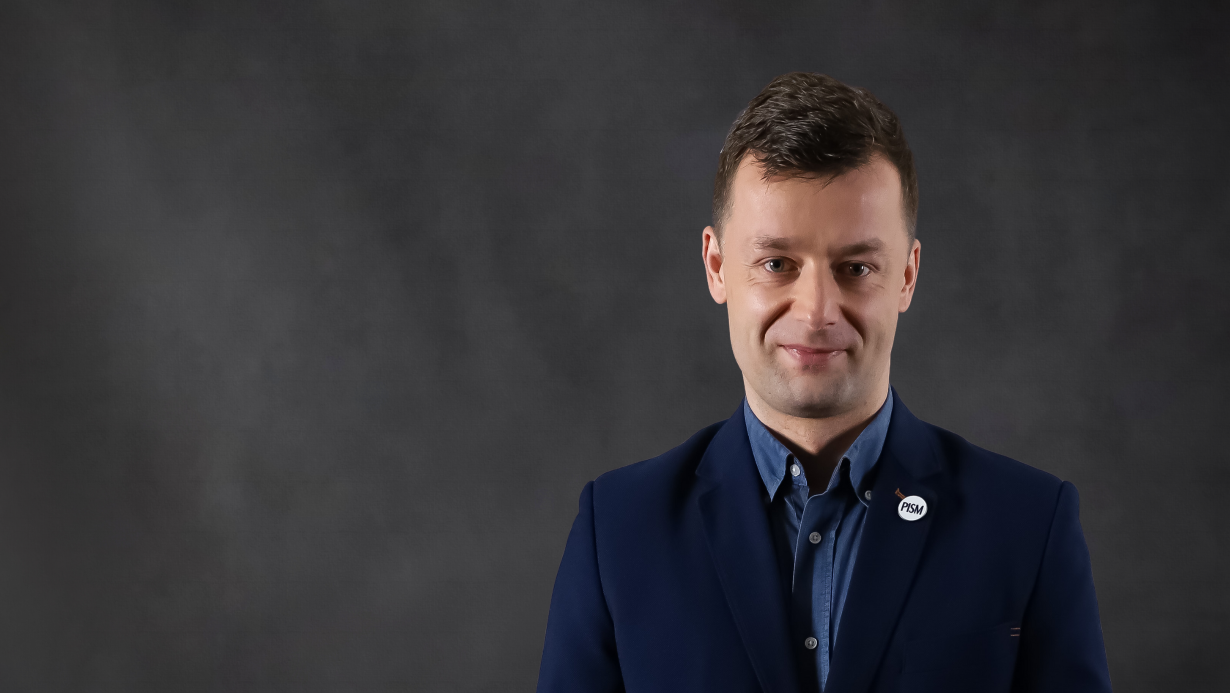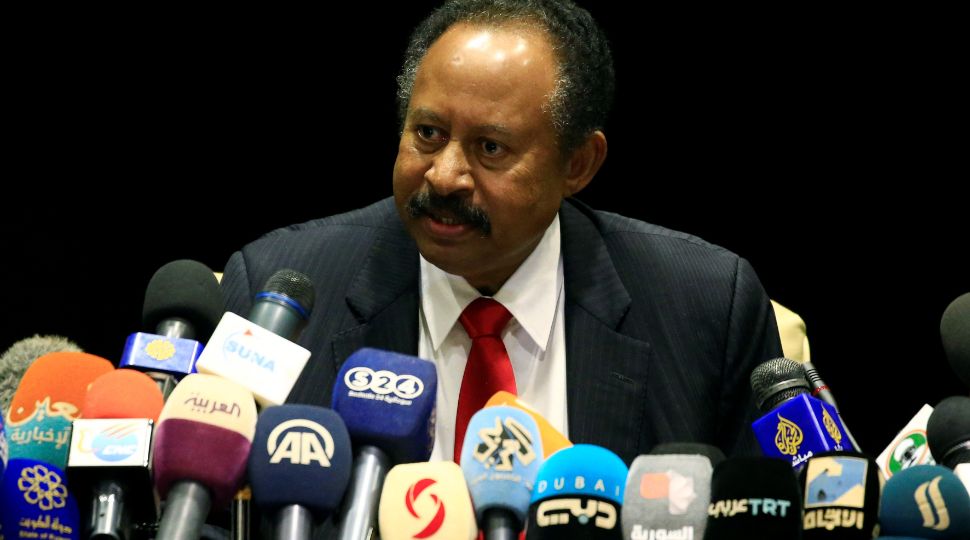Prospects for a lasting peace in South Sudan

Genesis and Character of the Conflict
Since South Sudan achieved independence in 2011, strong tensions have been seen within both the army and the ruling party, the Sudan People’s Liberation Movement (SPLM). Initially, the tensions were contained with a policy of “buying peace” by SPLM’s head, President Salva Kiir, from dividing oil revenues (based on production of 350,000 bpd on the eve of independence). Anti-government factions were given a share of the oil dividend and their forces integrated into the national army. Simultaneously, the authorities ignored development needs. Halting production in 2012 as a result of a dispute with Sudan on transit fees and the fall in global oil prices hobbled the continuation of this policy. The growing conflict between Kiir and his deputy, Riek Machar, who eyes taking power in the party and the state, resulted in violent clashes in December 2013, and ethnic cleansing in the capital (Juba) and a breakup of the army. The confrontation put the country’s dominant Dinka and Nuer communities against one another. The political and ethnic conflict has produced one of the current world’s most severe humanitarian disasters. Up to 400,000 people might have died because of it, 4 million have left their homes, and the regional political scene has been shaken. The personal enmity between the two leaders, who ignored the human cost in their political calculations, resulted in numerous failures to end the war.
Scope of the Agreement
In the middle of 2018, Sudan took the initiative in the peace process. The negotiators proposed a division of power between the two competitors: projected the percentage of their influence in the central and state governments and the acceptance of a temporary situation of two parallel “armies”. While the two new opposition blocs and civil society organisations were formally invited to the negotiating table, they had no influence on the talks. The “Khartoum agreement” is based on wide cooptation and multiplication of posts. After eight months, a transitional government with 35 ministries is to be formed for a period of three years. An inclusive parliament is to grow to 550 MPs and the president will have five deputies. Kiir’s leadership is unchallenged in this case, with Machar reinstated as the country’s second in charge. After the authorities are formed, the armed forces are to be reintegrated. Sudan, supporting the opposition during the war, and Uganda, an ally of Kiir, become guarantors of the peace. Their influence will be manifested by adding 1,700 soldiers from the region (from Uganda, Kenya, Sudan, Djibouti, Somalia) to the Regional Protection Force, a 2017-mandated contingent under a UN mission. The mission is also tasked with securing the return of refugees. Sudan would also guarantee the safety of the South’s oil fields.
Regional and International Implications
The Intergovernmental Authority on Development (IGAD) used to be the prime forum for formulating solutions for South Sudan, supported by the “troika” (U.S., UK, Norway), the UN, and the EU. Sudan’s takeover of the initiative creates a new reality to which other partners must adjust. Sudan aims to improve its image and be removed from the U.S. list of state sponsors of terror. In this context, it also conducts peace initiatives in the Central African Republic and Libya. Revitalisation of South Sudan’s oil industry would allow Sudan to cash in on transit fees, which would support the crisis-ridden budget. Containing the chaos on its southern neighbour’s territory could help to solve Sudan’s internal conflicts. In gratitude for achieving a favourable settlement, Kiir offered mediation with Sudan’s armed opposition movements he has historically supported. Uganda hopes it will soon be able to send back South Sudanese refugees, whose numbers reached more than 1 million at the crisis’ peak.
The troika and the EU have been very sceptical about the new power-sharing formula. The EU prioritises the settlement of war crimes and establishing transitional justice mechanisms. The position of the U.S., South Sudan’s largest aid donor, is even more reserved, as the country has been gradually stepping back from its role of political patron of the SPLM. In October 2017, the U.S. ambassador to the UN declared the country had lost trust in South Sudan’s authorities and in February 2018, the White House announced an arms embargo. In return, Kiir declared he will no longer rely on alliance with the U.S. and would develop ties with China and Russia. November’s granting of oil contracts to companies from Russia and South Africa signals this reorientation is taking shape.
Threats and Chances for Peace
The Khartoum deal repeats a failed power-sharing 2015 formula. It broke down soon after the first unity government was formed. A similar lack of trust and strong pressure by mediators to conclude them marred the Khartoum talks. Immediately after signing the peace deal, the two new opposition blocs divided internally. Some of the influential opposition leaders didn’t agree to conserving the very system whose inefficiency caused the war. The next round of the Kiir-Machar competition for leadership was set to take place before the 2022 elections. Before that, despite formal cooperation, the two will work to strengthen their factions by exploiting ethnic divisions. This includes a plan to rewrite “ethnic boundaries” binding particular ethnic groups to fixed territories. Finally, expanding the administration can only be done at the donor-states’ cost.
Despite the evident shortcomings, the agreement has already had a positive impact. The first weeks after its signing brought a release of political prisoners and the return of numerous dissidents and the first refugees. If the improvement in security is lasting, NGOs and humanitarian agencies will follow. Reconstruction of the oil infrastructure is ongoing and production, estimated at 150,000 bpd when the peace was signed, is on the rise. As new installations, particularly those in South Sudan’s Unity state, are being prepared for restart, the goal of returning to 350,000 bpd by mid-2019 is unrealistic. Still, it will help refill the budget, 98% dependent on oil revenues, and revive the government’s ability to neutralise potential new rebellions. The participation of 750 delegates in the Juba oil conference on 22 November was the first strong signal of renewed investor interest in working in South Sudan.
Conclusions
While the Khartoum agreement has brought improvement in the political and security environments, its contents suggest caution on estimating the chances of a lasting peace in South Sudan. Sudan and Uganda, both influenced by China, take dominant positions against South Sudan. If the EU and the U.S. want to stimulate economic and social development in the context of bad political relations with the South’s government, they must put conditions on their aid to enforce reforms beyond the security sector. Even a fragile peace would increase the space for humanitarian and development activities, such as those conducted by the Polish Centre for International Aid (PCPM) or Polish Humanitarian Action (PAH), in a country where such assistance is significantly needed. For this reason, Poland should consider adding South Sudan back to the list of priority states under the Polish Aid programme. It would also be helpful with increasing investment opportunities derived from regional integration in the East African Community, to which South Sudan was admitted in 2016. Stabilisation would offer Polish companies experienced with government-commissioned construction works the chance to compete for new contracts, such as those in the projected new capital of the country, Ramciel.





